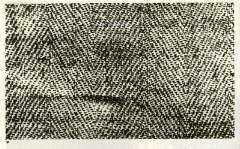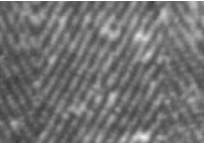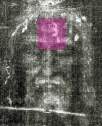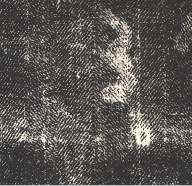Evidence in the Linen
It is woven in a 3/1 herringbone pattern, a weave used at the time of Christ, but thought to be used only for silk. It is a cloth of quality, woven on a pedal loom, like those known in ancient Egypt.
The linen was bleached only after being woven. Normal practice since the 8th century has been to bleach the thread before weaving.
Tiny, but indisputable, traces of cotton can be found in the large piece of cloth, (but not in the narrow lateral band). It is a cotton of 8 twists per centimetre, characteristic of Gossypium herbaceum, a cotton plant from the Middle East. (No cotton was grown at that time in Europe). The linen cloth was therefore woven on a loom which was also used to weave cotton. On the other hand, there is no trace of wool, a detail which might be relevant because the Jewish religion allowed the mixing of certain fibres, linen and cotton, for example, but forbade absolutely the mixing of others, such as linen and wool.
This seems to be, therefore, a cloth of quality, dating back to before the 8th century, woven in the Middle East, and probably intended for a Jew.
There are about 38 threads per centimetre, so the average diameter of each thread is about 0.25 mm. Each thread is formed of several dozen fibres, and the average diameter of each fibre is about 25 microns. When we study the possibility that the Shroud could be a painting, the small size of these fibres becomes important.

(Dans Le Suaire de Turin, de Ian Wilson)

Enlargement of part of the face. Photo by Miller
|
|
|
This photograph of the
Shroud, enlarged slightly, gives an idea of the size of the threads
compared with the image on the cloth. What we are seeing is the
forehead, with the clot caused by the breaking of the left frontal vein,
and below that, the beginning of the two eyebrows, and bridge of the
nose. (Enlargement of the violet highlighted area of the photo on the left which is a "negative" of the image of the Shroud) |

